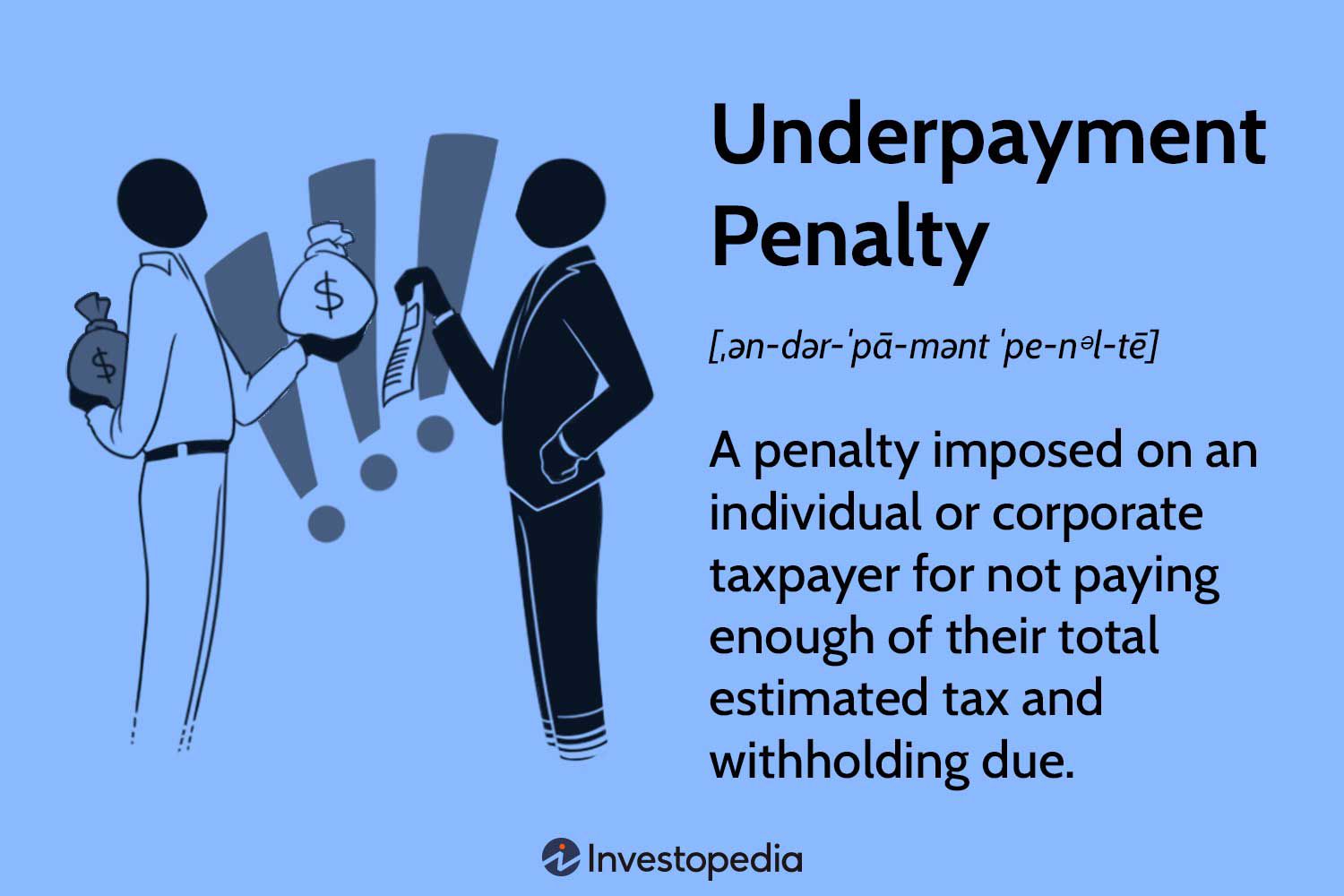As the calendar year draws to a close, many taxpayers find themselves grappling with the complexities of tax planning and ensuring they have paid their fair share. However, for those who have underpaid their taxes in 2022, a harsh reality awaits – the Internal Revenue Service (IRS) has significantly increased the underpayment penalty rate, leaving many individuals and families facing substantial financial consequences.
The Staggering Increase: From 3% to 8%
In a move that has sent shockwaves through the taxpaying community, the IRS has more than doubled the penalty rate for underpayment of taxes. While the previous rate stood at a relatively modest 3%, the new rate for 2022 has skyrocketed to a staggering 8%. This dramatic increase has left many taxpayers scrambling to understand the implications and potential financial impact on their household budgets.
According to Ashlea Ebeling, a personal finance reporter at The Wall Street Journal, the consequences of this penalty hike could be severe. “The penalties could actually run in the hundreds or even thousands of dollars,” she warns, emphasizing the gravity of the situation.
A Widespread Issue: Millions Affected
The scope of this issue is far-reaching, as evidenced by the IRS’s own statistics. In the fiscal year 2022 alone, the agency assessed a staggering $1.8 billion in underpayment penalties on nearly 12.2 million individual tax returns. This figure underscores the fact that tax underpayment is not an isolated occurrence but rather a pervasive issue affecting millions of Americans across various income brackets and walks of life.
Understanding the Underpayment Penalty
To grasp the magnitude of the penalty hike, it’s essential to understand how the underpayment penalty is calculated. The penalty is applied to the amount of taxes that an individual or household has underwithheld or underpaid throughout the year. It is calculated on a daily basis and takes into account a blended rate for the entire year.
For example, if a taxpayer owes $10,000 in taxes and has underpaid by $5,000, the penalty would be calculated at 8% of the $5,000 underpayment amount, resulting in a penalty of $400. This penalty is in addition to the original tax liability, creating a significant financial burden for those affected.
Factors Contributing to Underpayment
While the reasons for tax underpayment can vary, some common scenarios often lead to this situation. One of the most prevalent causes is fluctuating or self-employment income, where individuals may fail to accurately estimate their tax liability or make appropriate quarterly estimated tax payments.
Additionally, taxpayers who receive bonuses, equity compensation, or have higher-than-usual interest income from high-yield savings accounts may also find themselves underpaying due to inadequate withholding or improper tax planning.
Avoiding the Underpayment Penalty
To avoid the steep underpayment penalty, taxpayers are advised to take proactive measures and seek professional guidance if necessary. The IRS recommends that individuals pay at least 90% of their taxes through withholding or estimated payments during the calendar year to qualify for the safe harbor provision.
Utilizing online tools and resources, such as the IRS Tax Withholding Estimator, can also aid in accurately calculating tax liabilities and ensuring appropriate withholding or estimated payments are made throughout the year.
Conclusion
The IRS’s decision to more than double the underpayment penalty rate in 2022 has sent ripples of concern through the taxpaying community. With penalties potentially reaching thousands of dollars for some individuals, it is imperative for taxpayers to stay vigilant, seek professional assistance if needed, and ensure they are compliant with their tax obligations.
By taking proactive measures, utilizing available resources, and staying informed about tax law changes, taxpayers can navigate the complex landscape of tax planning and mitigate the risk of incurring substantial penalties. Failure to do so could result in a significant financial burden that could have lasting implications on household budgets and financial stability.
IRS Underpayment Penalty | Tax Answers in 90 seconds | Mickle & Associates, P.A.
FAQ
How do I calculate underpayment penalty?
What is the 2022 IRS underpayment penalty?
|
2022 Interest categories
|
Qtr 1 Jan. 1st – Mar. 31st
|
Qtr 3 Jul. 1st – Sept. 30th
|
|
Corporate overpayments
|
2%
|
4%
|
|
Underpayments
|
3%
|
5%
|
|
Portion of corporate overpayments exceeding $10,000
|
0.5%
|
2.5%
|
|
Large corporate underpayments
|
5%
|
7%
|
What triggers IRS underpayment penalty?
What is the current IRS underpayment rate?

